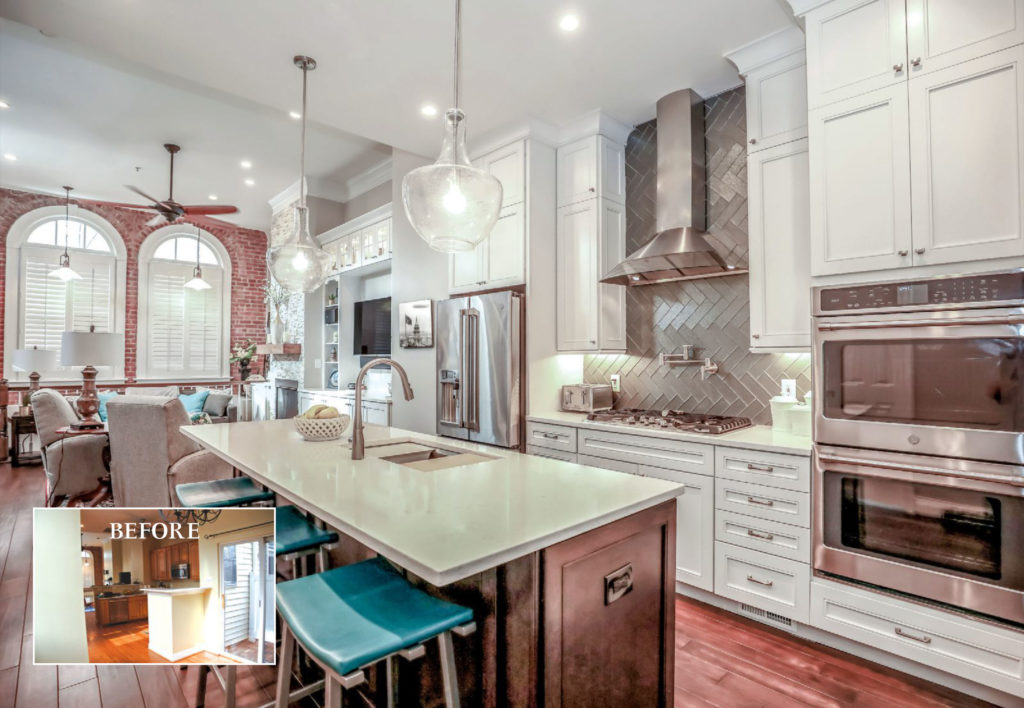
HOME REMODELING
Old Town Retrofit
Michael Nash Introduces "Open" Floorplan Into 150-year-old Townhome | By John Byrd
A whole house makeover to a three-level townhouse in the Old Town section of Alexandria introduces a series of “open” floorplan solutions to winning effect. The design solution – in which all three levels of a 150-year-old residence were selectively reconfigured and upgraded – was executed in the home of Mark and Susan Morris. To meet demanding requirements, Michael Nash Design, Build and Homes contended with difficult space planning, structural and interior design challenges while staying entirely within the envelop of the existing structure.
“A solution that aims to increase living space within a townhouse is always problematic,” says Sonny Nazemian, president and founder of Michael Nash. “We can reconfigure what’s within the footprint, but since the parameters never change innovative ideas are essential. To gain usable space, we reassess the entire ‘built environment,’ determine what can be re-located or reduced, and where, for instance, a custom-built-in or a relocated wall might effectively enhance available spatial efficiencies. It’s a form of value-engineering that’s been critical to this remodeling practice.”
For the Morrises, plans began with a simple assessment of goals and priorities.
“This plan meets every modern luxury requirement, yet the 19th-century interior detailing is beautifully enhanced and preserved.”
– Sonny Nazemian
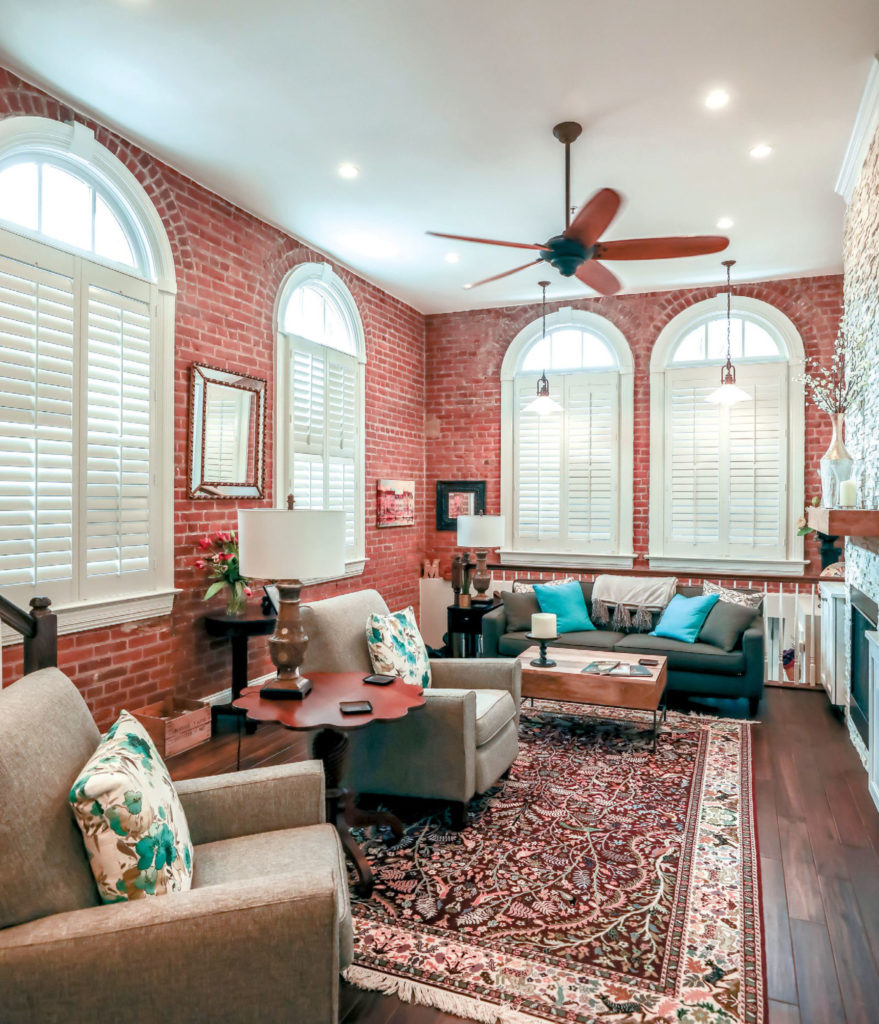
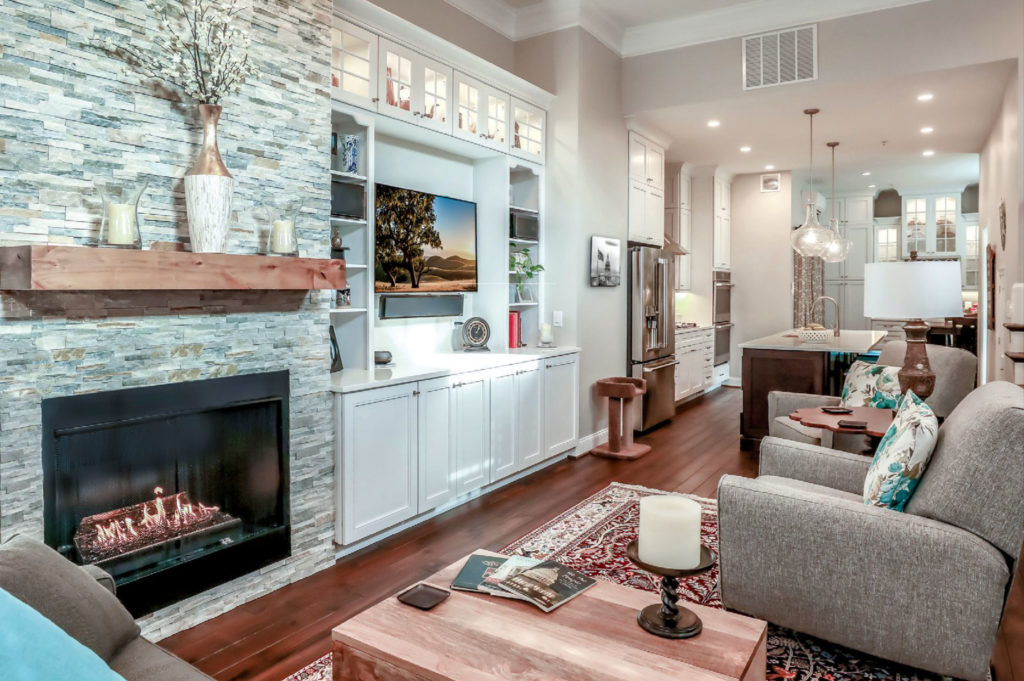
“Improving floorplan efficiency and storage options were high on their list,” Nazemian says. “But the owners also wanted a transitional-style interior design, an increase in natural light, improved sightlines and a vastly more functional kitchen and master bath. The goal was to create the impression of a larger, more fluidly interactive space – without adding on.”
Early-on, the couple began researching interior design ideas – while always keeping an eye out for a building professional who got their vision.
“Once we introduced the Morrises to the Michael Nash showroom, the design process moved forward easily, ” Nazemian recalls. “We offer a significant display of finishwork, and our designers help shape ideas on sight. Homeowners can browse at will, and visit often. We also offer a fixed price policy.”
An early phase focused on what remodelers call “discovery:” i.e. assessing existing systems and how well they function, or don’t
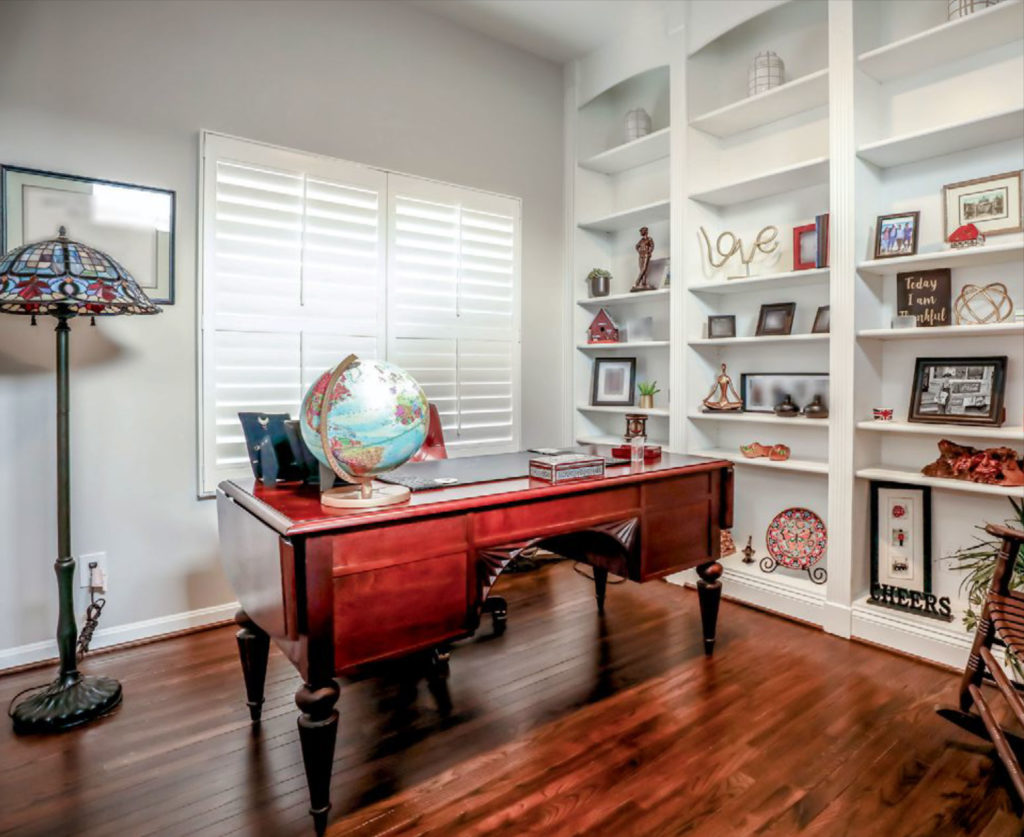
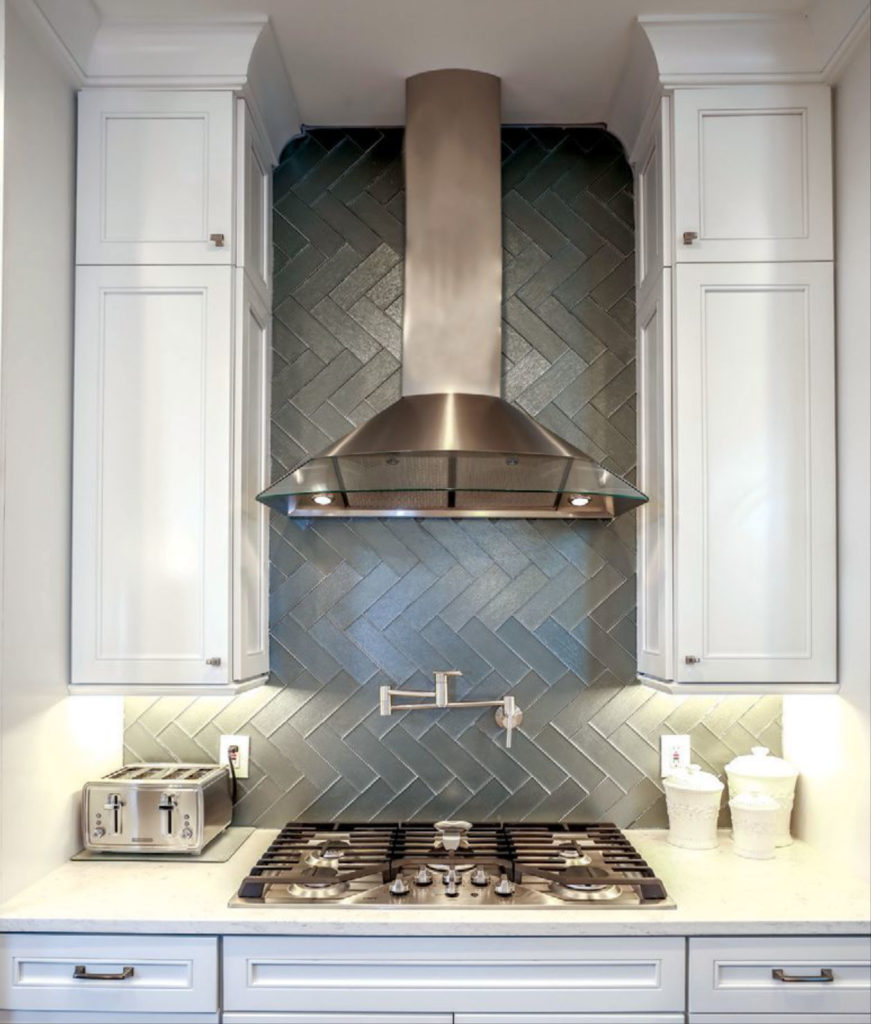
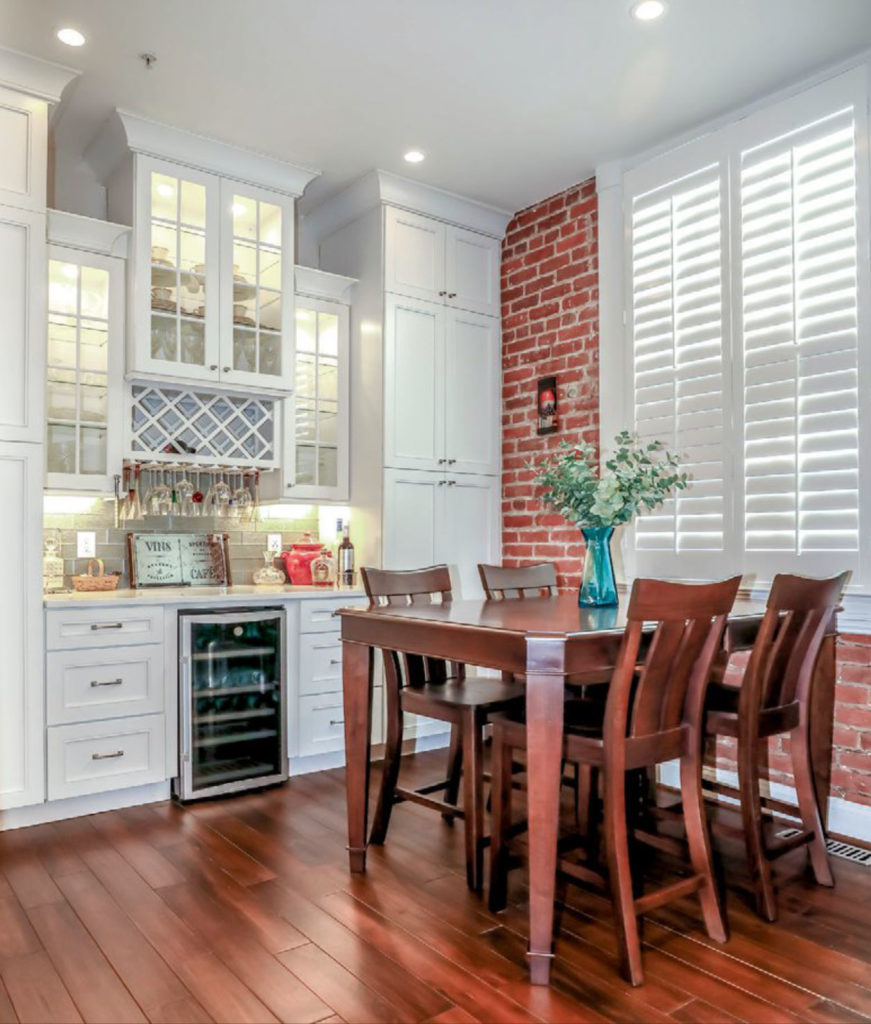
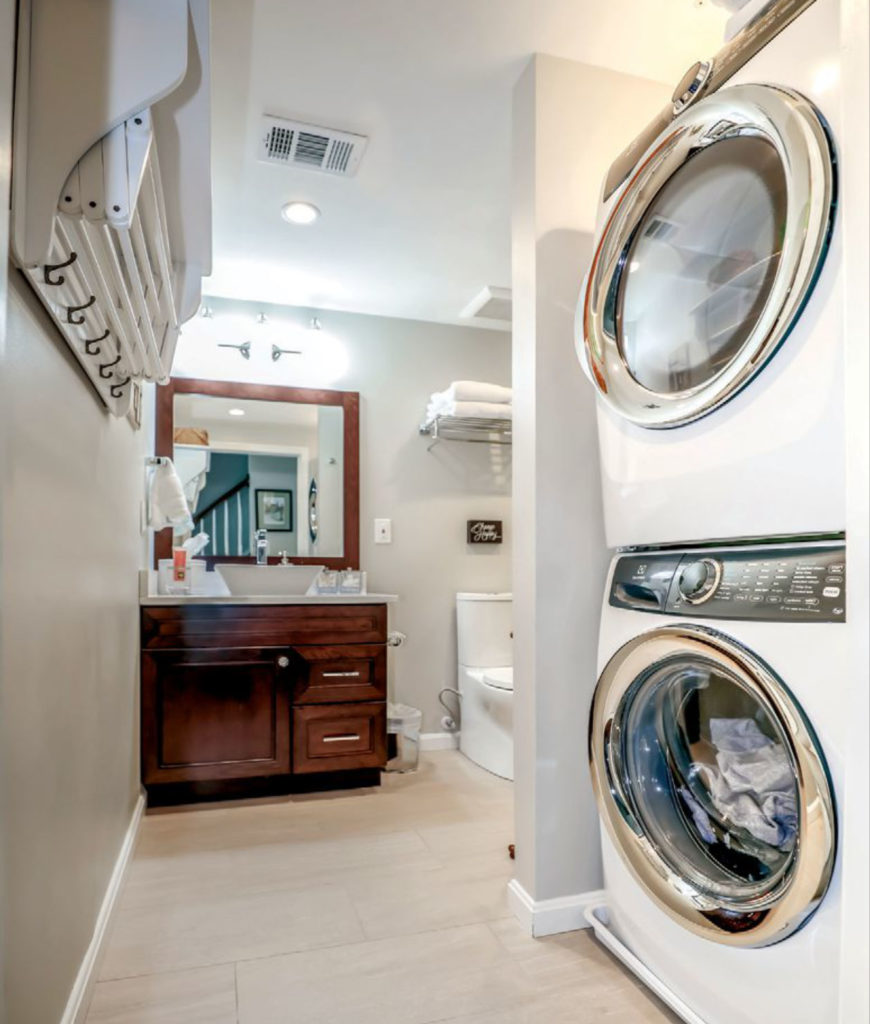
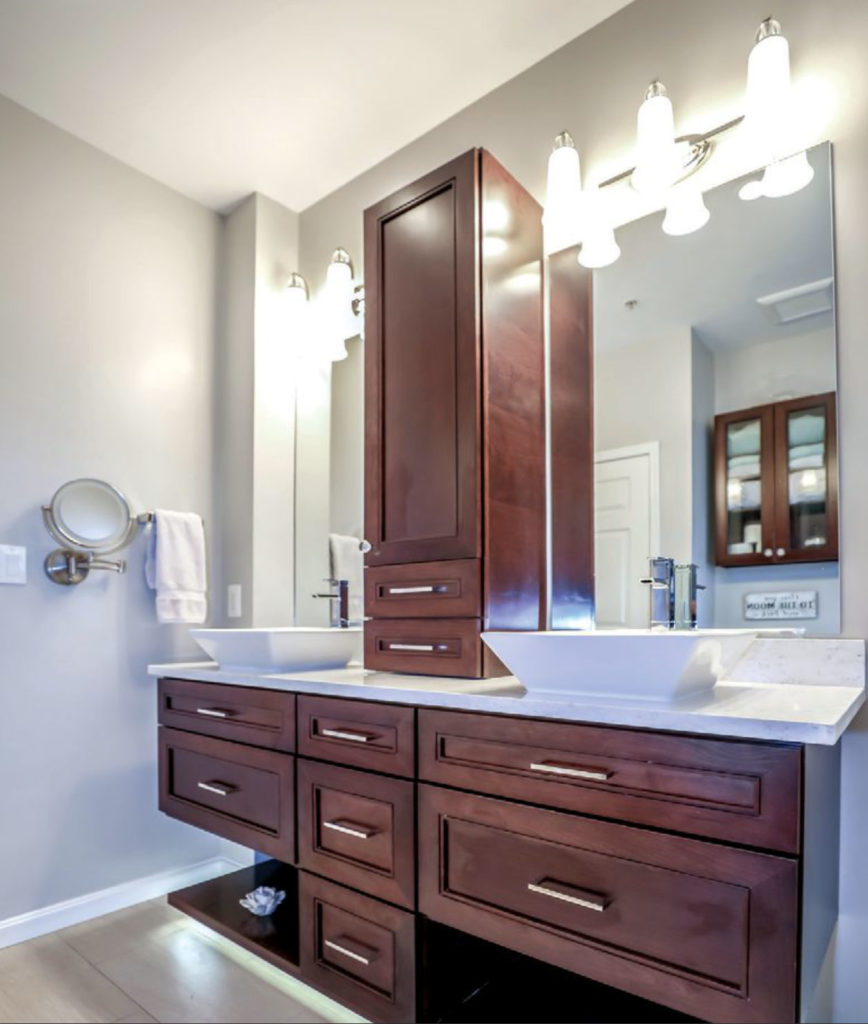
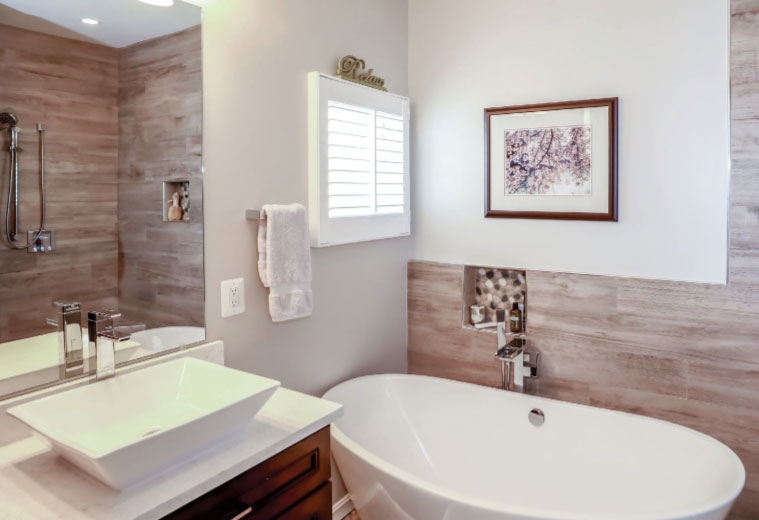
“When you’re staying inside the home’s perimeter inches count,” Nazemian observes. “We looked closely at how primary rooms were configured on every level, and found a lot of misallocated space.”
For instance:
- a bearing wall separating the kitchen and dining room obstructed first-level traffic without adding privacy.
- decorative railing circumscribing the dining room was, likewise, an outmoded space-planning device.
- A Kitchen peninsula was inadequate as a serving surface yet made adjacent rooms feel cramped
- wasted space behind an air duct made the powder room seem smaller than necessary
“A home’s interior is somewhat like a movie set,” Nazemian says. “There can be features that have no purpose except to convey an image about a lifestyle. We try to help the homeowner make the house their own–to see it as a place that will serve their long-term needs and express their personal tastes.”
To make the changes sought by the Morrises, Nazemian and team found ways to incrementally increase floor space while simultaneously introducing discrete storage solutions, and increasing natural light and visual continuum.
“Necessity drives innovation,” Nazemian says. “Here we selectively reconfigured small rooms, replacing existing cabinetry with both custom built-ins, and design elements that would make the space feel larger.
To introduce an “open” plan in the primary-living level of an older home, designers removed two obstructive columns between the kitchen and dining room, and shifted loads to a support beam situated on concealed vertical supports. The kitchen peninsula was removed. This generated enough additional floor space for a larger dining room table and a food prep island. The plan also invited more natural light and a sharper visual continuum from front to back.
Deleting unnecessary bulk heading allowed for taller cabinets. Roll-out shelving for spices is a handy space saver. There are also custom cubbies for favorite pots, dishes and glassware.
The room’s centerpiece, though, is a generously-apportioned food preparation island and dining counter. Surface in waterfall quartzite, the built-in offers convenient support for cooking and clean-up; it’s also a place for inkitchen dining furnished with three comfortable stools.
With unneeded partitions removed, the next step was giving visual definition to the great room.
The fireplace surround was replaced with floor-toceiling linear calacata marble. A strategically positioned butler’s pantry supplants a bulky china cabinet. Formerly wasted space behind an air return was converted into glass shelving in the re-designed powder room.
“It’s fascinating what can be done with classic homes today, “Nazemian observes. “This plan meets every modern luxury requirement, yet the 19-century interior detailing is beautifully enhance and preserved.”
By removing unneeded interior partitions, Michael Nash Kitchen and Homes introduced an “open” floor plan in a 150 year old townhouse. The solution entailed contending with difficult structural, space planning and interior design challenges.
While the new owners appreciated the potentials of several existing decorative elements they wanted a more original, better integrated interior
The floor-to-ceiling fireplace surround is faced in linear calacata marble; and the private home office.
The remodeler relocated the range and installed a five-burner gas cooktop and pot filler. Decorative chimney-style hood is the new focal point. The smart use backsplash adds an intriguing visual rhythm; a look into the new kitchen; master bath vanities and cabinets; and compact location for stacked washer and dryer
The new master bath



